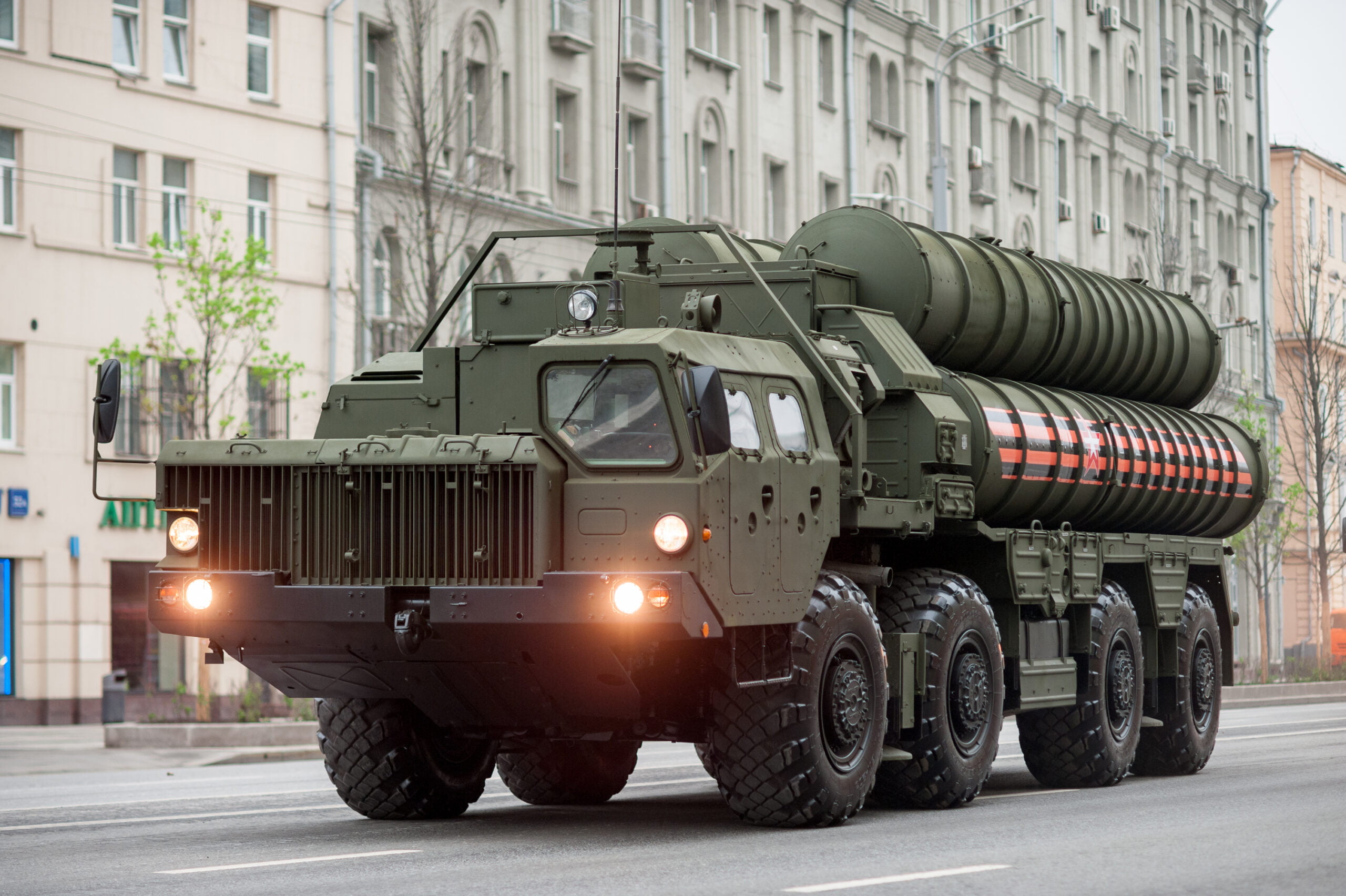According to IAF Chief Air Chief Marshal VR Chaudhari, India has deployed its first fire unit of the S-400 Air Defence System and is currently undergoing the induction of a second unit.
“The S-400 induction programme is proceeding according to plan. The initial fire unit has been enlisted and sent into action. The induction of the second unit is also ongoing. The Air Chief Marshal expressed optimism that all deliveries will be finished by the end of the year based on the on-time delivery schedules.
The IAF Chief stated that the capability of the Air Force in managing two fronts at once will unavoidably need to keep getting strengthened by the introduction of diverse systems in response to the threats on multiple fronts.
Speaking about the IAF readiness to handle border threats, he stated that on the ground, we would require more radars and Surface-to-Air Guided Weapon (SAGW) systems. All of these will come from indigenous sources, for which the action is already on.
Notably, the S-400 Missile Agreement between India and Russia was inked in October 2018. In terms of operational capability, the S-400 is a strong air defence system that offers a constant and efficient air defence to a variety of places.
Nearly any type of aerial attack, including those involving rockets, drones, missiles, and even fighter planes, may be defended against by the S-400. Additionally, the S-400 Air Defence System, a long-range surface-to-air missile system, is designed to serve as a shield over a certain area.
In addition to a command-and-control system, a surveillance radar, an engagement radar, and four lunch trucks, each S-400 unit is made up of two batteries.
The S-400 recognises an aerial danger as it approaches the air defence bubble (the area it must defend), determines its trajectory, and launches missiles to neutralise it.
The Indian Air Force is completely supportive of the government’s Aatmanirbhar Bharat initiative, which has led to the “rapid installation” of platforms including radar systems and light-combat helicopters and planes.
“We wholeheartedly support the government’s efforts to promote Make-In-India and self-sufficiency. We had project management teams within the DPSUs that coordinated our efforts with those of the sector. As a result, platforms like radar systems and light-combat helicopters and planes have been quickly introduced, according to IAF Chief Air Chief Marshal VR Chaudhari.
We are now working extremely hard to connect with both the private sector and MSMEs. The IAF head continued, “We have several initiatives to include MSMEs in our future growth.
It may take a little longer, but the Indian industry will definitely deliver, said Air Chief Marshal Chaudhari, who also exuded confidence in it.
